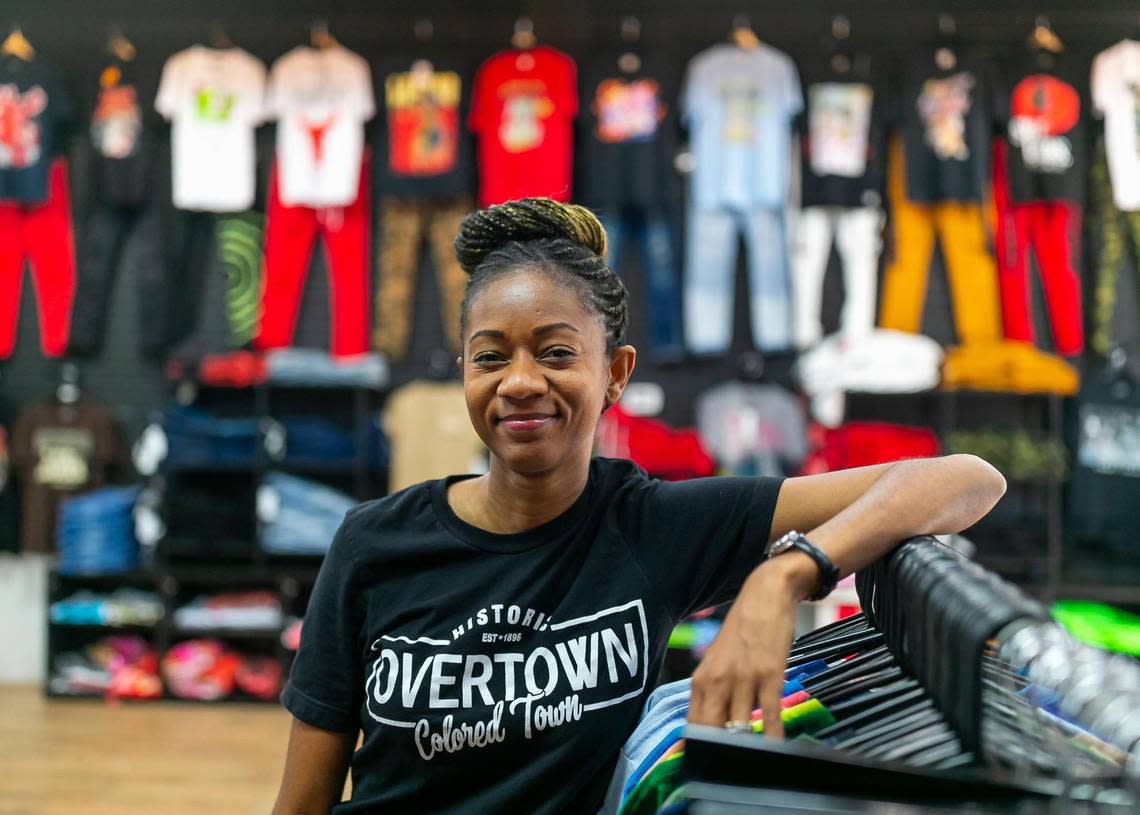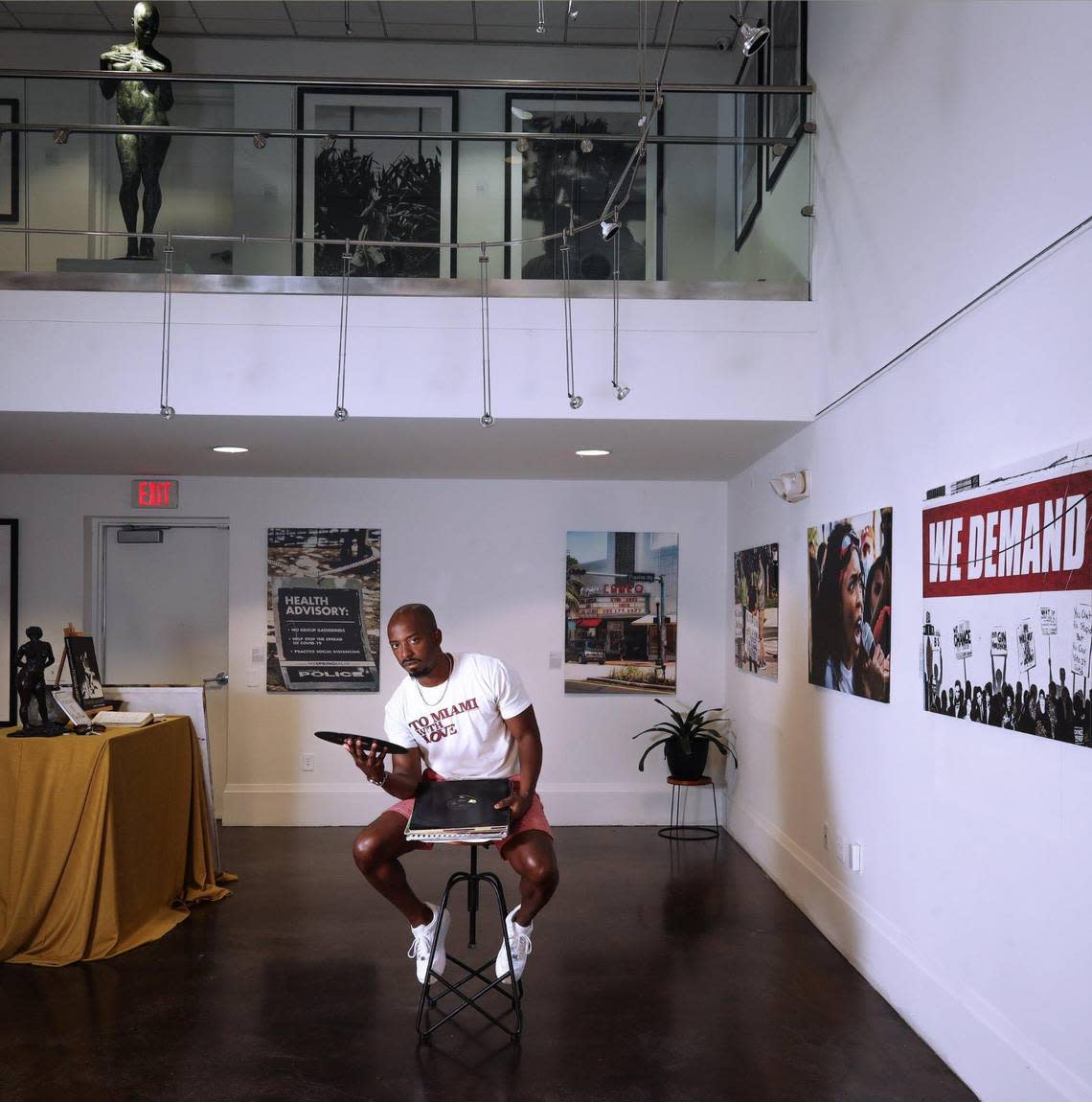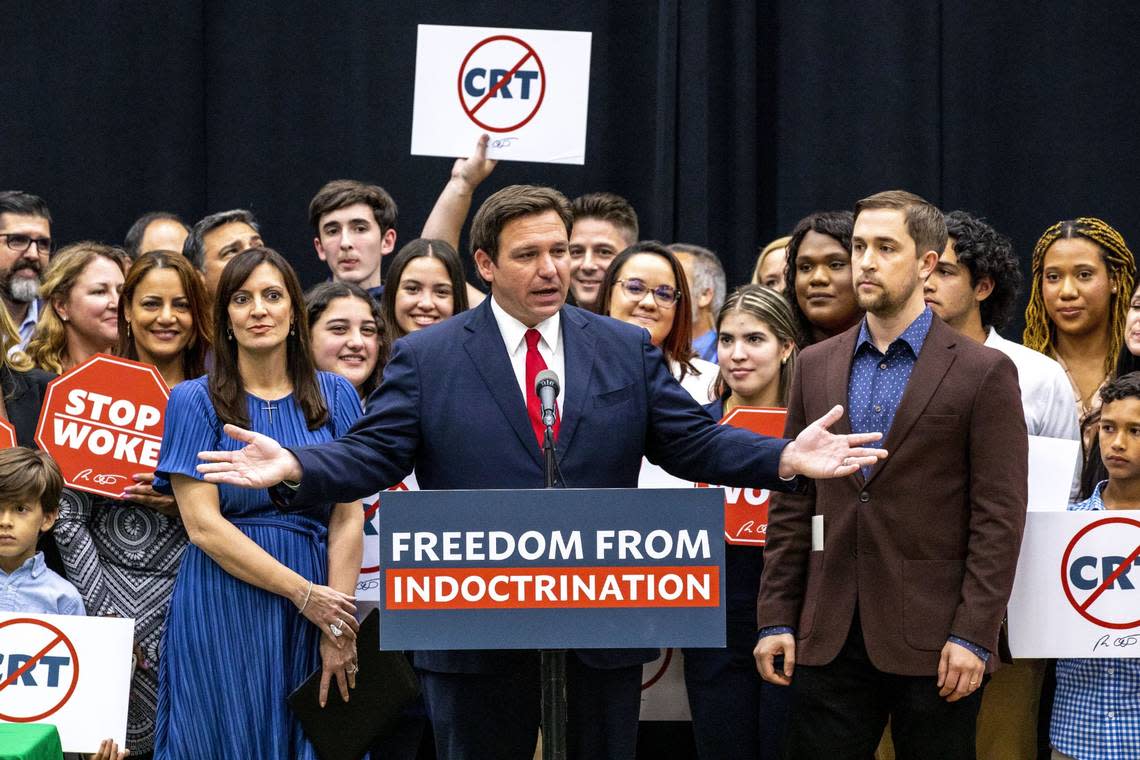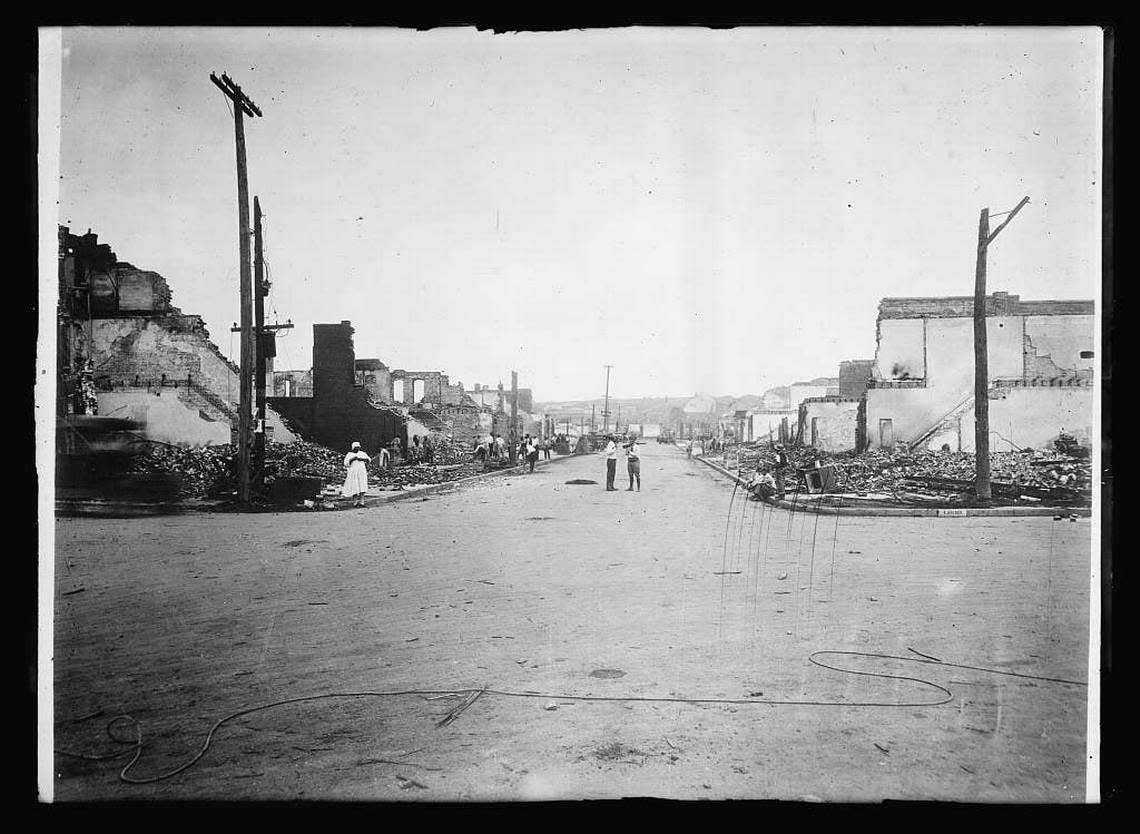The 44 Percent: Bill Russell, Overtown’s birthday & DeSantis political strategy
Bill Russell was a titan.
In athletics. In civil rights. In life.
Russell, who died Sunday at age 88, meant so much to the game of basketball. His 11 championships — five more than Michael Jordan, six more than Kobe Bryant, seven more than LeBron James — are tied for the most in a North American sports league.
In civil rights he walked alongside Martin Luther King Jr. during the March on Washington, supported Muhammad Ali when he made his conscientious objection at the Cleveland Summit and held a mixed-race basketball camp in Mississippi.
He meant even more to the Black community. Russell began his career in 1956, two years after Brown v. Board of Education and eight before the Civil Rights Act of 1964. He would win his first championship in 1957 and his second in 1959 before winning nine of the next 10 NBA Finals. His success came at a time when the Black community was facing the uphill battle for civil rights. When public lynchings were still used to control Black communities. When Black accomplishment wasn’t front page news.
But the 11 NBA championships, five MVPs, 12 All-Star appearances, two NCAA titles and an Olympic medal are hard to ignore.
The Athletic’s Chris Haynes encapsulated that point perfectly:
When a dark cloud of struggle hangs over a neighborhood, those who make it from there shine like rays of sunlight. You take pride in their success. You get hope from their ability to overcome. You get your fight from their wins.
More than five decades after Russell last laced them up, his impact reverberates not just in the sport (James’ own brand of activism draws inspiration from Russell) but across the social justice landscape.
INSIDE THE 305

Happy Birthday to the beautiful community of Overtown. Formerly known as Colored Town and “Harlem of the South,” Overtown was the Black neighborhood of Miami when Jim Crow ruled the land. The city of Miami was incorporated on July 28, 1896, but, as the name of this newsletter implies, that wouldn’t have happened without Overtown.
Why?
Well, that’s because 44% of the people who signed the charter were Black. More than a century later, Overtown is finally getting its just due. Hampton Art Lovers even hosted a party celebrating the neighborhood’s born day this past weekend. Salute to everyone helping to keep Overtown’s legacy alive.

“Fly Guy” returns with new exhibit at HistoryMiami:
In April 2021, I wrote about Rahsaan “Fly Guy” Alexander’s “To Miami, with Love: Art and Protest of Pandemic Life,” an exhibit at Overtown’s Historic Ward Rooming House. Now, Alexander has retooled his project for display at the HistoryMiami Museum.
Entitled “CAPTURE: A Portrait of the Pandemic,” Alexander’s new exhibit debuts Thursday evening with an exclusive opening night soirée. The photos were captured throughout 2020 when Alexander, a DJ by trade, was unable to perform thanks to COVID-19.
OUTSIDE THE 305

‘History is repeating itself.’ Are DeSantis policies stoking racial divisions?:
For the last few months, I’ve been interviewing Black Floridians across the state in an attempt to understand how they feel about Gov. Ron DeSantis. The answer, as surmised (should this be summed up? surmised sounds strange) by Democratic Rep. Al Lawson, was actually quite simple:
“African Americans all over the state have been complaining that he’s not being very sensitive towards their issues and the issues of people of color,” Democratic Rep. Al Lawson said. “There’s just an impression that he doesn’t feel like he has to do that.”
The story includes interviews with professors, current and former elected officials, a lawyer and many more. Definitely check it out if you haven’t read it.

Okla. school district penalized for using training materials that “shame white people”:
Does this sound familiar to Floridians?
“An individual should not be made to feel discomfort, guilt, anguish, or any other form of psychological distress on account of his or her race,” read an excerpt from HB 7, also known as the “Individual Freedom” Act that DeSantis signed into law in April.
In the case of Oklahoma, the State Department of Education voted to downgrade the status of Tulsa Public Schools to “accredited with warning.” The board determined the district had violated House Bill 1775, which limits discussion of race and sex in public schools, when its teachers took an implicit bias training. Another school district, Mustang Public Schools, received a similar demotion after it reported that a teacher used an exercise that made students feel uncomfortable.
Tulsa is the site of one of the worst race massacres in U.S. history. It’s certainly worth wondering how such a dark period can be taught under such a law.
HIGH CULTURE

The renaissance and return of Beyoncé:
Few artists make the music world stop like Beyoncé. And as can be seen with the July 29 release of her seventh studio album “Renaissance,” even fewer artists can encapsulate Black joy quite like Beyoncé.
As with every move Beyoncé makes, the cultural think pieces have come in droves. One that I particularly loved came courtesy of The New York Times’ Wesley Morris, who weaves his own feelings about the album with the historical context surrounding Beyoncé’s dive into dance music:
The album’s embrace of house and not, say, trap unambiguously aligns Beyoncé with queer Black folks. On the one hand, that means she’s simply an elite pop star with particularly avid support. But “Renaissance” is more than fan service. It’s oriented toward certain histories. The knotty symbiosis between cis women and gay men is one. The doors of impersonation and tribute revolve with centrifugal force.
Morris’ review ends with a rather unexpected yet totally obvious comparison to yet another renaissance.
Another history is right there in the album’s title: 100 years ago, when things were also too much for Black Americans — lynchings, “race riots” all over the country — and flight north from the South seemed like a sound alternative to murder, up in Harlem, Alain Locke and Zora Neale Hurston and Langston Hughes and Aaron Douglas and Jessie Fauset, to pick five figures, were at the center of an explosion of art that could be as frivolous, party-hearty and vulgar as some of what’s on this album. Its artists were gay and straight and whatever was in between. The point is they called that a renaissance, too. It sustained and delivered delight and provocation in spite of the surrounding crisis, it gave people looking for a house something that approximates home. New salvation, old foundation.
Where does “The 44 Percent” name come from? Click here to find out how Miami history influenced the newsletter’s title.
